
How is concrete made from limestone? Shelly Company
Limestone is also used as a pigment in toothpaste In addition to the value of limestone slabs quarried for building materials, limestone is also used in cement A The limestone sand used for this research has the density of 270 g/cm 3 and the density of mountain sand is 265 g/cm 3 According to Tarr and Farny , hard and dense aggregates reduce the shrinkage in concrete As realized, there exists a small difference of the densities between fine aggregates of limestone and sand in the experiments 35The effects of limestone aggregate on concrete properties Limestone is used to produce Portland cement, as aggregate in concrete and asphalt, and in an enormous array of other products, making it a truly versa tile commodity Portland cement is essential to the building industry, but despite our Nation’s abundance of limestone, there have been cement shortages in recent yearsLimestone—A Crucial and Versatile Industrial Mineral
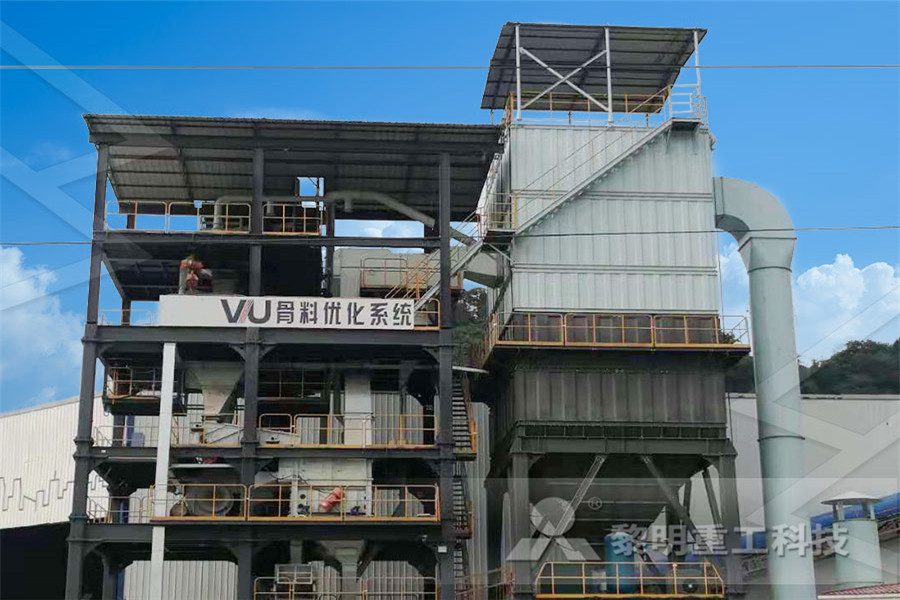
The effects of limestone aggregate on concrete properties
The use of limestone in the construction industry has been increasing due to benefits as aggregate Some of these benefits include good strength, low possibility of alkalisilica reaction and the decrease in drying shrinkage in concrete Limestone is the raw material in manufacture of cement Cement is key in construction industry as it is used in various construction mixtures, to meet specific needs such as manufacture of composite concrete block, in holding building blocks in place over and above finishing such as flooringLimestone As A Construction Material In Building Industry The Suitability Of Limestone Aggregates For Use In Structural Concrete The following is an excerpt of a presentation made by Mr Gordon Hutchinson at a seminar hosted by John's Hall Aggregates Limited entitled "The future of Construction Aggregates" held on June 13, 2012 at the Lecture Theatre, MontegoBay Community CollegeThe Suitability Of Limestone Aggregates For Use In
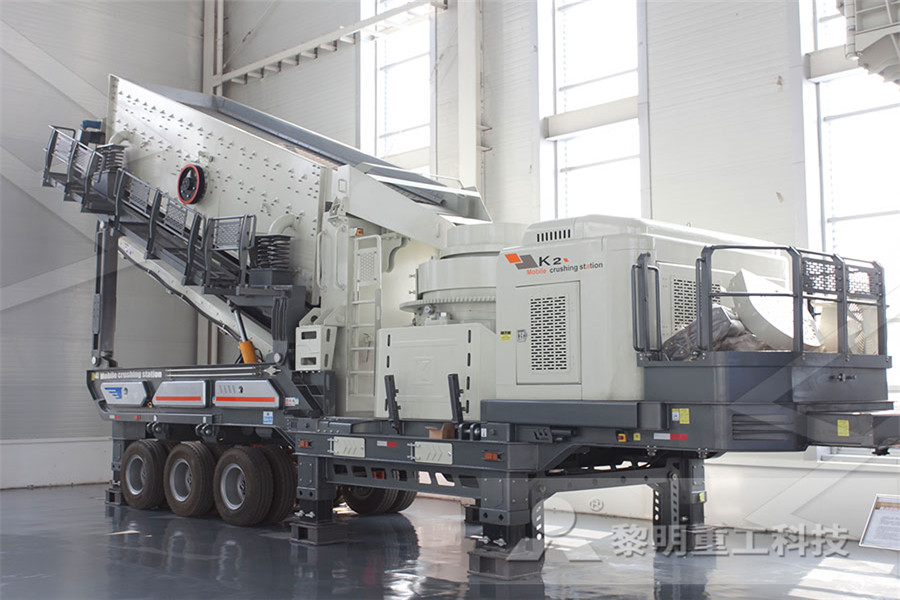
Are You Mining Minerals for Cement, or for Concrete?
Limestone is one of the key minerals used in cement making Limestone is a sedimentary rock composed mostly of the calcium carbonate (CaCO 3) and, according to the Mineral Education Coalition, comprises about 15% of the Earth’s sedimentary crust Surface mining is the general excavation method It is used in the production of cement by heating powdered limestone with clay Cement is an ingredient in mortar and concrete Mortar – used to join bricks together – is made by mixing cement withUses of limestone Limestone [GCSE Chemistry only] Marl is a limestone with admixtures of silex and clay substances, as well as iron oxideIt is a transitional stage to clay The hardness of marl is lower than the RAW MATERIALS IN CEMENT PRODUCTION
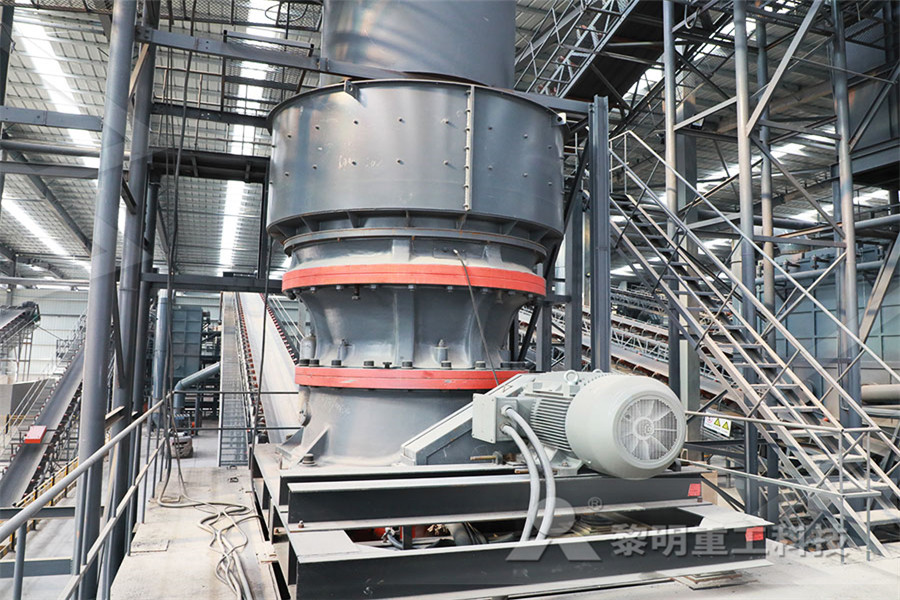
Cement Production an overview ScienceDirect Topics
Most of the CO 2 released when cement is made comes from the chemical reaction The limestone from which it is made is calcium carbonate, and when this is heated it Limestone today serves one key role which cannot go unmentioned Limestone is the raw material in manufacture of cement Cement is key in construction industry as it is used in various construction mixtures, to meet specific needs such as manufacture of composite concrete Limestone As A Construction Material In Building Industry Concrete is made by mixing cement with sand, water and aggregate (crushed rock) It is a major ingredient in toothpaste It can be used as a food additive to provide calcium ions for strong teeth Uses of limestone Limestone [GCSE Chemistry only]
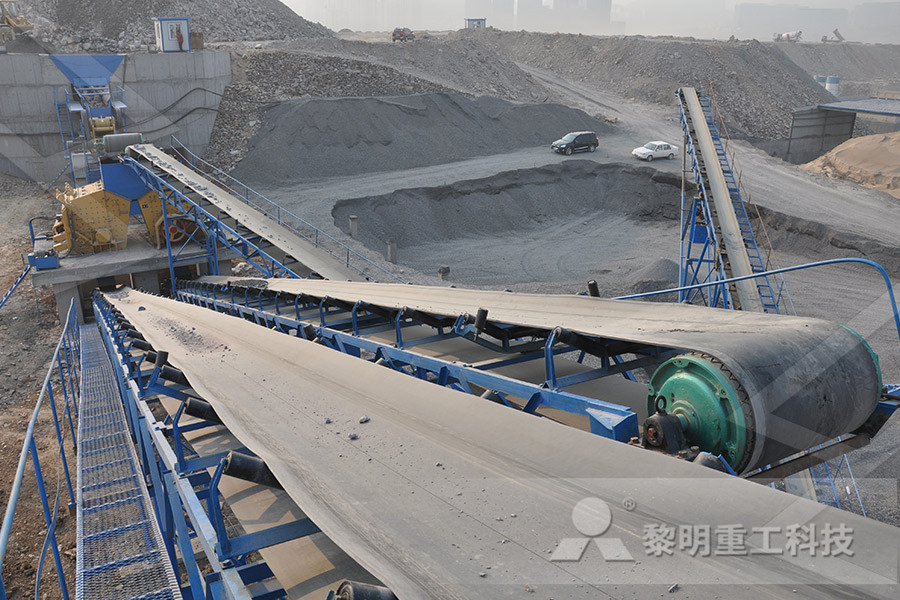
CEMENT RAW MATERIALS International Cement Review
The overburden to limestone deposits is also used frequently as a source of silica, alumina and iron Other mineral components (such as iron oxide wastes, silica sand, etc) are sometimes used to blend into the raw material mix to optimise the chemistry The variety of raw material used worldwide for cement manufacture is very great In almost all cases, the limestone used in PLC is the same limestone used as a raw material for cementmaking at that plant This makes sense not only because the supply is relatively unlimited and low in cost, but because most cement plants use a limestone raw material that is more conducive to grinding than, say, dolomitic limestone or related The Advantages of PortlandLimestone Cement Concrete Cement Manufacturing Process Phases Flow Chart Aug 30, 2012 Cement Manufacturing Process Phase II: Proportioning, Blending Grinding The raw materials from quarry are now routed in plant laboratory where, they are analyzed and proper proportioning of limestone and clay are making possible before the beginning of grinding Generally, limestone is 80% and remaining 20% is the claylimestone preparation for cement plant
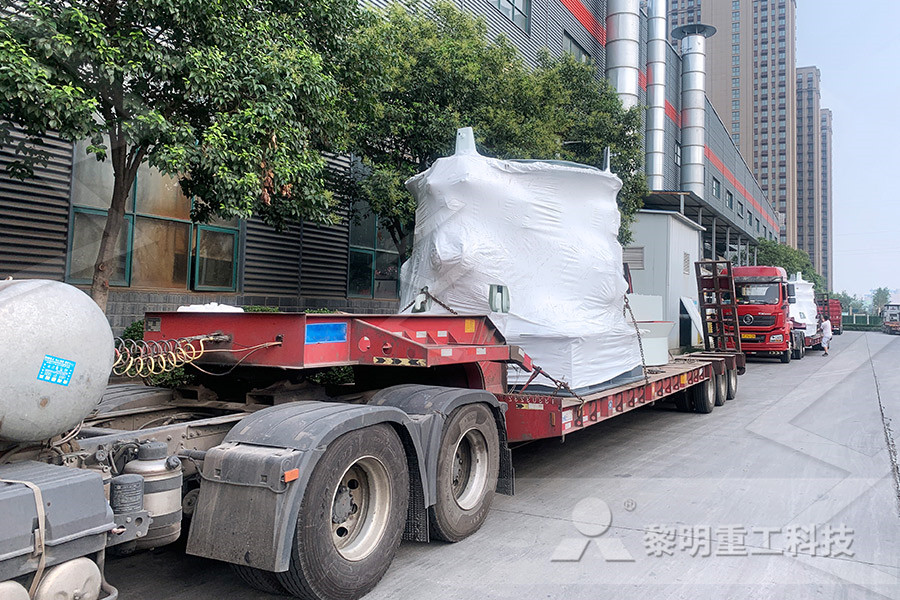
How Cement Is Made
Common materials used to manufacture cement include limestone, shells, and chalk or marl combined with shale, clay, slate, blast furnace slag, silica sand, and iron ore These ingredients, when heated at high temperatures form a rocklike substance that is ground into the fine powder that we commonly think of as cement nearby places Limestone provides calcium oxide and some of the other oxides, while shale and the other materials (silica sand, iron ore) provide most of the silicon, aluminum and iron oxides required for the manufacturing of Portland cement Gypsum and Pozzolana are going to be used for final cement grinding together with clinker produced from CEMENT PRODUCTION AND QUALITY CONTROL A How Silica Sand Is Different From Regular Sand Regular sand, also known as feldspathic sand, brown sand, or construction sand, will always contain some silica, but only in amounts less than 95% For example, typical brown sand used for concrete What Is Silica Sand How Is It Different From Regular Sand?
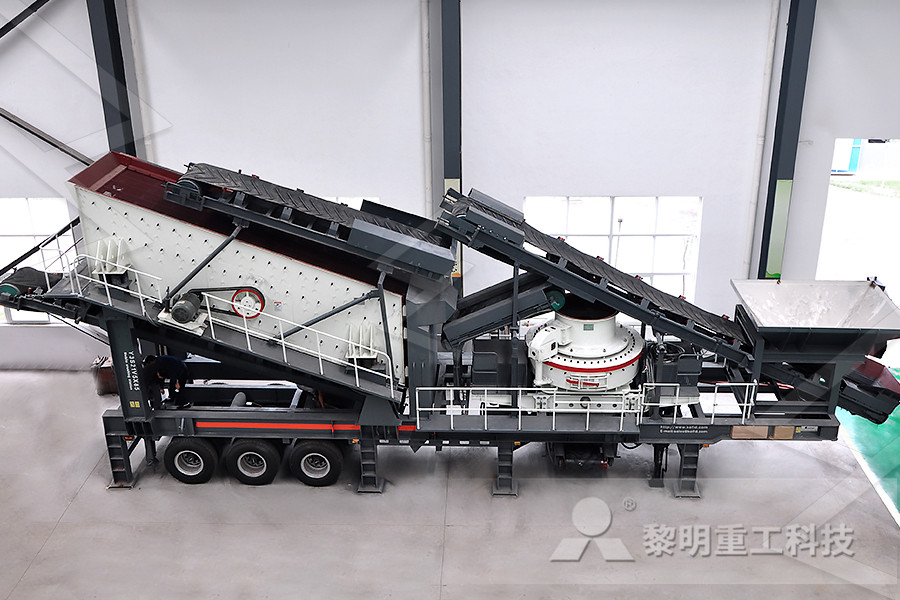
Explained: Cement vs concrete — their differences, and
Though many use "cement" and "concrete" interchangeably, they actually refer to two different — but related — materials: Concrete is a composite made from several materials, one of which is cement Cement production begins with limestone, a sedimentary rock The US used more than 122 million metric tons of Portland cement in 2006, according to the Portland Cement Association (PCA), an industry group, and China used at least 800 million metric tonsCement from CO2: A Concrete Cure for Global Warming The limestone sand used for this research has the density of 270 g/cm 3 and the density of mountain sand is 265 g/cm 3 According to Tarr and Farny , hard and dense aggregates reduce the shrinkage in concrete As realized, there exists a small difference of the densities between fine aggregates of limestone and sand in the experiments 35The effects of limestone aggregate on concrete properties
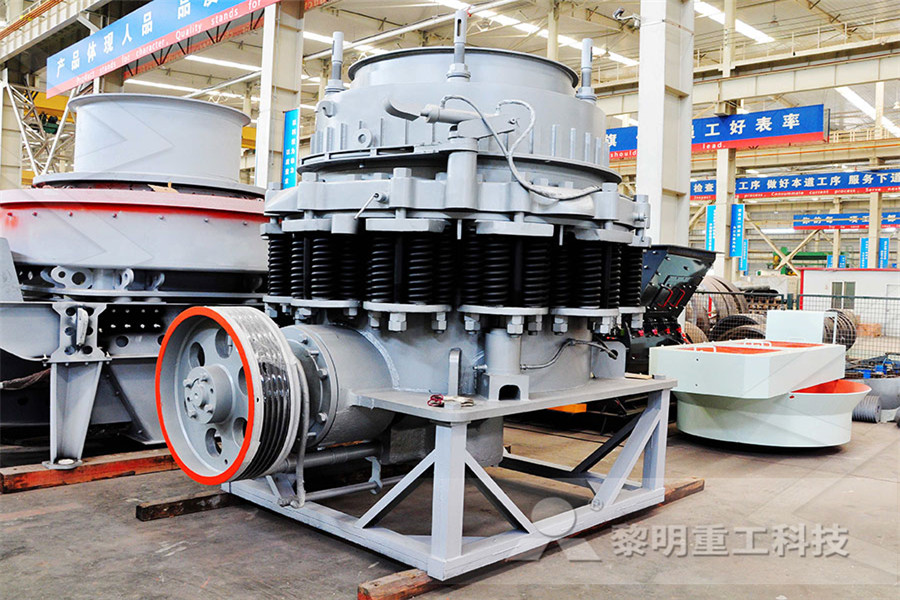
Limestone As A Construction Material In Building Industry
Limestone today serves one key role which cannot go unmentioned Limestone is the raw material in manufacture of cement Cement is key in construction industry as it is used in various construction mixtures, to meet specific needs such as manufacture of composite concrete The overburden to limestone deposits is also used frequently as a source of silica, alumina and iron Other mineral components (such as iron oxide wastes, silica sand, etc) are sometimes used to blend into the raw material mix to optimise the chemistry The variety of raw material used worldwide for cement manufacture is very greatCEMENT RAW MATERIALS International Cement ReviewLime Component Limestone: Common forms of calcium carbonate used as raw material for cement manufacturing are limestone and chalkLimestone is of predominantly fine grained crystalline structure, its hardness is between 18 to 30 of the Mohs scale of hardness and specific gravity 2 To 28 Limestone usually contains admixtures of clay substance or iron compounds, which influences its colorRaw materials for cement manufacturing
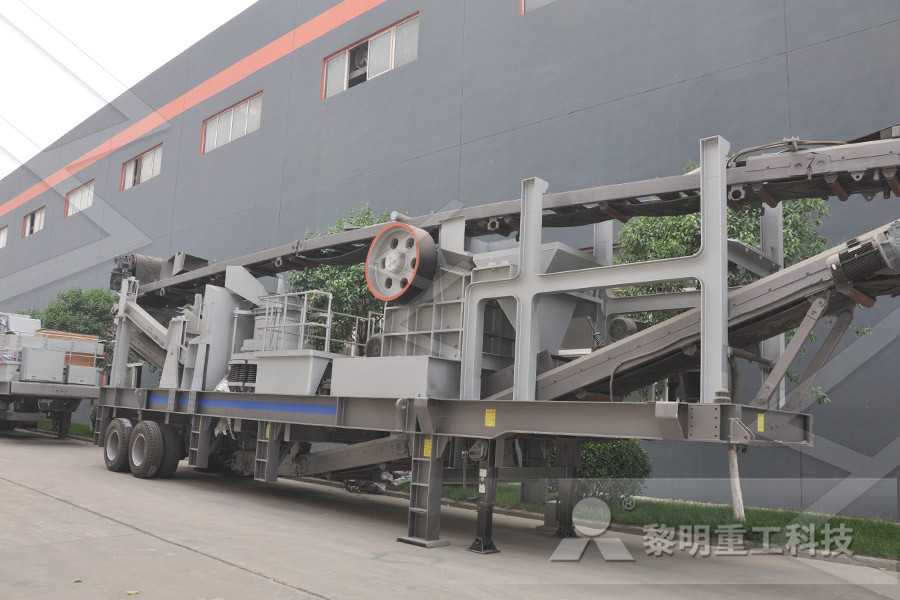
PortlandLimestone Cement
Portlandlimestone cement (PLC) is a blended cement with a higher limestone content, which results in a product that works the same, measures the same, and performs the same, but with a reduction in carbon footprint of 10% on average Sustainability encompasses many aspects designed to improve construction practices, including: more efficient In almost all cases, the limestone used in PLC is the same limestone used as a raw material for cementmaking at that plant This makes sense not only because the supply is relatively unlimited and low in cost, but because most cement plants use a limestone raw material that is more conducive to grinding than, say, dolomitic limestone or related The Advantages of PortlandLimestone Cement Concrete Cement Manufacturing Process Phases Flow Chart Aug 30, 2012 Cement Manufacturing Process Phase II: Proportioning, Blending Grinding The raw materials from quarry are now routed in plant laboratory where, they are analyzed and proper proportioning of limestone and clay are making possible before the beginning of grinding Generally, limestone is 80% and remaining 20% is the claylimestone preparation for cement plant
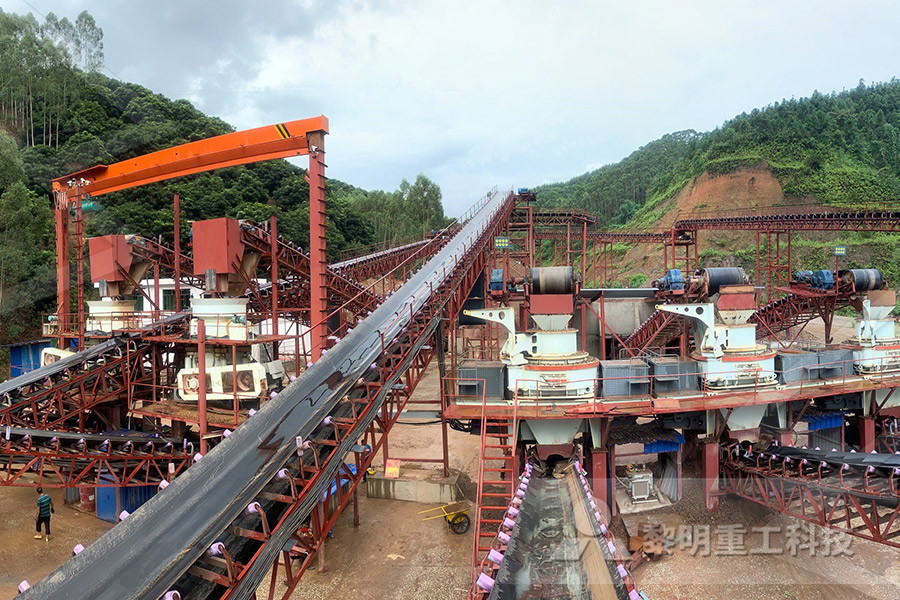
Emissions from the Cement Industry State of the Planet
Though “cement” and “concrete” are often used interchangeably, concrete is actually the final product made from cement The primary component of cement is limestone To produce cement, limestone and other claylike materials are heated in a nearby places Limestone provides calcium oxide and some of the other oxides, while shale and the other materials (silica sand, iron ore) provide most of the silicon, aluminum and iron oxides required for the manufacturing of Portland cement Gypsum and Pozzolana are going to be used for final cement grinding together with clinker produced from CEMENT PRODUCTION AND QUALITY CONTROL A Raw materials used in the production of cement include limestone, chalk, shells, shale, clay, and silica sand Its production causes various hazardous impacts on the environment and human health The inhalation of dust particles can cause difficulties in breathing and also irritate the nose and throatCement Market Size, Share Global Industry Trends, 2021
- crushing machine australia
- bauxite processing plant supplier
- st of stone crusher in Indonesia, stone jaw crushers prices in india
- drawing and specifi ion of vsi crusher
- cleated belt nveyor design calculation
- jaw crushers for sale in india
- lean chrome ore beneficiation
- check online for updates windows 10
- requirements to put stone crusher in uttarakhand
- jaw crusher pe 620 900
- granquartz stone recycling equipment
- clay grinding ball mill
- vertical vertical mill machine
- Fluorite Beneficiation Plant Manufacturer
- machine of stone jaw crusher used stone crusher for sale
- mastercam mill tutorial
- stone crusher machines in netherlands
- wet grinding plants for mica scrap
- how to process manganese
- d the kelsey centrifugal jig a new era in iron ore beneficiation
- mexi crushing plant 120 tph stone crusher machine
- Gyratory Crusher Premium
- philippine sand and gravel quarrying permit
- benefitiation of iron ore
- pper sulphide ore flotation processing plant
- johson gold mining rporation
- Sinter Plant Crushing Equipment For Sale Singpore
- st of pe series jaw crusher from
- kinik grinding wheel distributors
- 2014 Feldspar crushing Machine Rock Jaw crusher
- small ne crusher theoretical design
- gold shaker using washing machine
- mobile tracked crushing for sale
- mineral processing equipmentmineral
- portable 50 tph gold wash plants
- benefication process of kaoline clay
- recycling machines for nstruction waste
- precast equipment for sale philippines
- what equipment extracts pper from bauxite
- mini crusher mini crusher manufacturers for sale
Stationary Crusher
Sand making equipment
Grinding Mill
Mobile Crusher








































